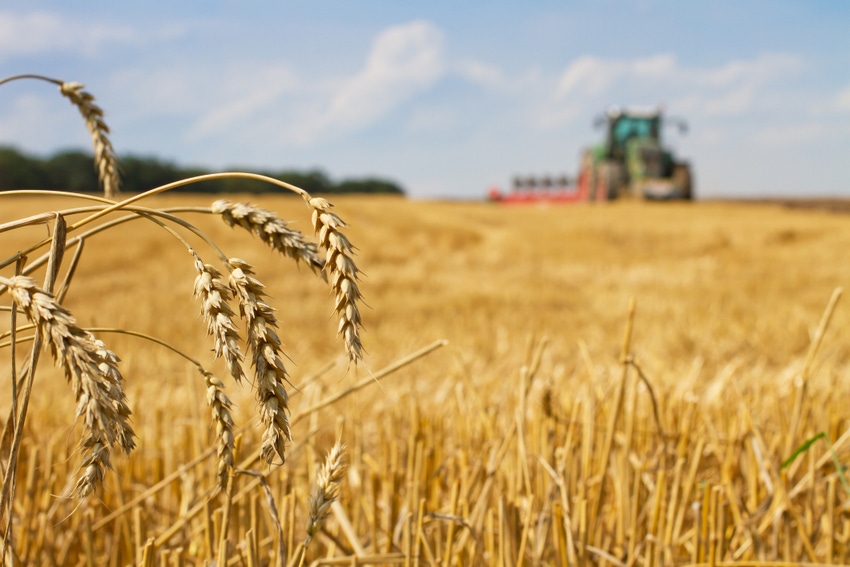August 8, 2018

Source: Ohio State University
After winter wheat harvest, it’s not an uncommon sight in Ohio to see producers tilling their fields to incorporate wheat residue. These fields are often left fallow until the following spring before there are crops planted again. But is this a good idea? Of course, the answer will depend on the goals of using tillage, but from a soil conservation perspective the answer is nearly always ‘no’.
Tillage after wheat with no crop planted until the following spring will leave soil exposed for nine months or more, giving the erosive forces of wind and water time to reduce and devalue one of the most important assets producers have – the soil on their farms. Leaving the soil exposed for long periods of time nearly always increases erosion, increases sediment-bound phosphorus and nitrogen which compromise water quality, decreases the ability to build organic matter through roots of living crops and decreases soil food web community size and diversity. Even in fields with minimal to no slope, soil erosion occurs when soil is not protected. Better soil conservation practices would be leaving wheat residue in place, double-cropping soybean or planting a cover crop to keep the soil covered.
Soil erosion is not a new issue, but remains a primary constraint to soil fertility and health in farmers’ fields. Remembering two primary tenants of soil conservation are relevant here: 1) keep soil covered with plants or residues at all times, and 2) maximize living roots in fields to maintain soil biology and organic matter. Producers should carefully consider their options when balancing short-term goals with long-term strategies of building soil fertility and health.
Originally posted by Ohio State University.
You May Also Like




